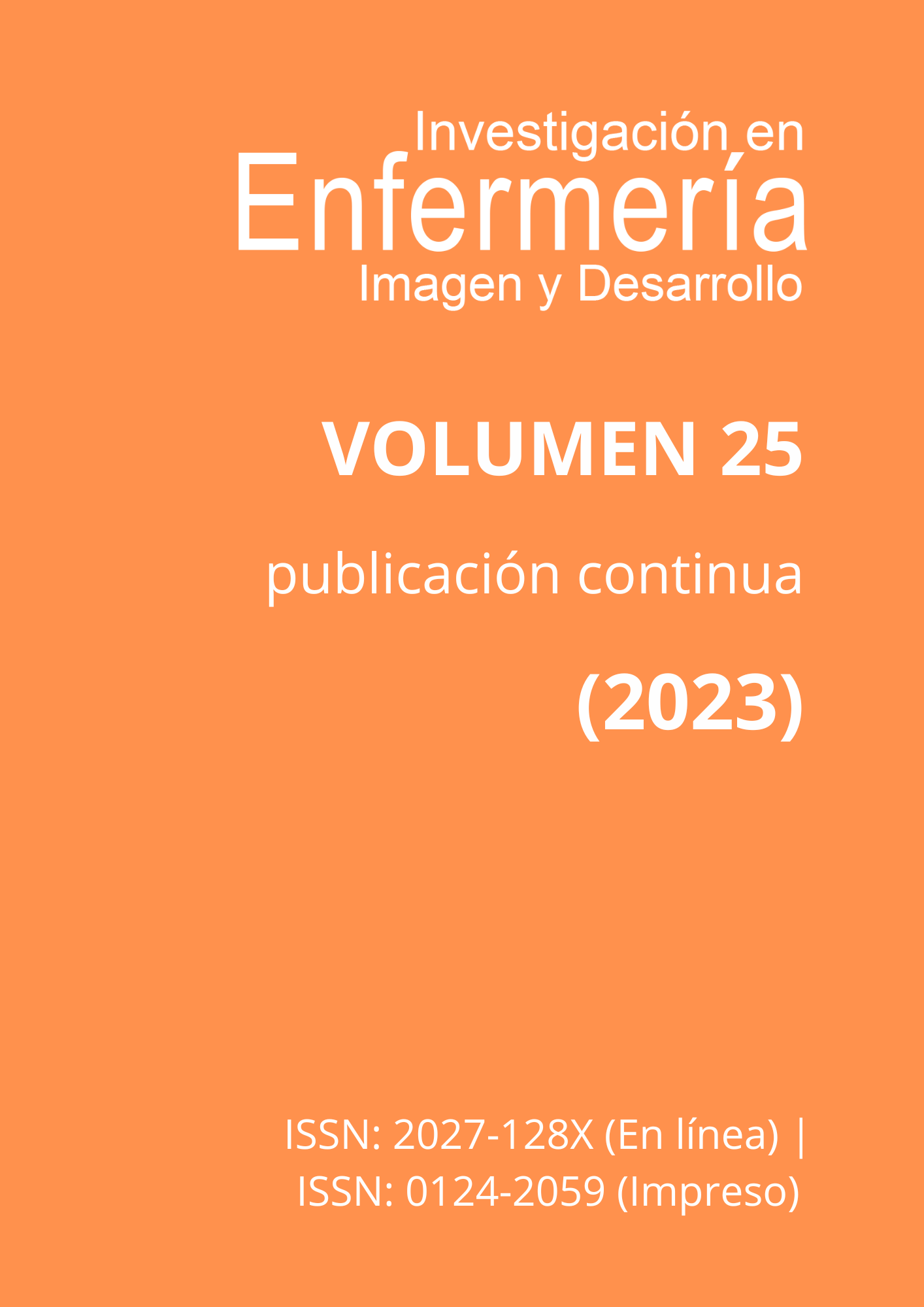Resumen
Abstract
Introduction: Evaluations of knowledge obtained during conferences, whether in person or virtually, are rarely documented, in part because of the complexity of including an assessment, the pretesting involved, confidentiality concerns, and differences among attendees in terms of their education, language, and willingness to be evaluated. Objective: During a conference in the United States, we compared the recognition of developmental milestones using two different multimodal communication strategies (video vs. oral presentation) among three groups of childcare providers. Methods: Cross-sectional study with repeated measures. One hour before the conference completion, two groups (one virtual and one in-person) received an 8-minute multimodal presentation on child developmental milestones at 4 months (cartoon video); a control group, during the face-to-face conference, received an 8-minute multimedia presentation (oral via PowerPoint) on child developmental milestones at 4 months. The three groups responded twice to a scale to measure their recognition of developmental milestones before the lecture began and fifteen minutes before the end of the 2 ½ hours lecture. Results: Attendees, both in person and via the virtual modality, had significantly better recognition of developmental milestones at 4 months of age compared to the control group adjusted for age and education levels. Conclusion: These results suggest the advantages of a multimodal presentation using video versus an oral presentation during lectures to increase recognition of children's developmental milestones, which are complex and varied. Similarly, such a strategy may be effective regardless of the different characteristics related to the educational level or age of the set of participants attending a conference.

Esta obra está bajo una licencia internacional Creative Commons Atribución 4.0.
Derechos de autor 2023 Investigación en Enfermería: Imagen y Desarrollo


